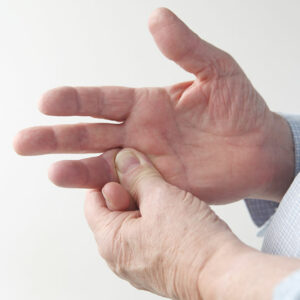Common signs of child neglect and support measures

Neglect is a form of child abuse that results in repeated failure to meet a child’s basic needs. It can have long-term effects on a child’s physical and mental health. As it can manifest in many ways, neglect can be difficult to identify. But, recognizing warning signs can protect children from further harm. Here are some signs of child neglect and a look at support options to protect children from abuse:
Signs of neglect
Poor hygiene
Poor hygiene can indicate that caregivers have neglected the child. Other signs include frequent and untreated diaper rash in newborns, inadequate food, dirty or ill-fitting clothes, and hunger.
Poor health
Consistent health concerns or illnesses such as anemia, physical problems such as weak muscles or swollen joints, dental issues, and missed doctor appointments or vaccinations can all be signs that a child has been neglected. Other indications are not receiving the proper treatment, poor linguistic or social skills, frequent infections or sicknesses, and repeated accidental injuries caused by a lack of supervision.
Housing issues
This form of neglect involves failing to provide adequate living conditions. It can also include an unsuitable home environment, such as inadequate heating, exposure to potentially harmful items like knives and scissors, or being left alone at home for an extended period. Leaving a child unsupervised could mean exposing them to risks like open stoves and running electricity in sockets.
Changes in behavior
Some obvious signs of child neglect include the child being clingy, aggressive, unhappy, or worried, in addition to changes in their eating habits. They may also act obsessively, struggle with focusing on tasks, skip classes, fail to turn in their schoolwork and engage in self-harming behaviors. Such changes are clear signs that should be recognized immediately and communicated to the concerned authority or person.
Support measures: Top organizations
Sponsoring a child’s food, education, and overall well-being can transform their life and keep them safe. Technology has made it extremely simple to donate to charities around the world. Several organizations also provide receipts, allowing donors to track the use of their funds. Here are some of the best organizations that allow people to sponsor a child and help them have a better future:
Save the Children: This organization accepts donations, gift catalogs, and private child sponsorships domestically and internationally. By sponsoring a child through Save the Children, one can protect children from abuse, provide healthcare, and ensure they have access to education in and outside the country. The organization’s objectives are supported by several programs focusing on education, emergency response, health, and nutrition.
DonorsChoose: This non-profit organization supports individual classrooms across the country. DonorsChoose aims to provide teachers in the country with the resources they need to give their students adequate opportunities for development and learning. The organization allows one to contribute to a classroom project posted by a teacher in need by donating an amount of choice toward their project goal.
Direct Relief: The goal of the organization is to provide healthcare to everyone in the country and worldwide. The non-profit organization focuses on maternal and child health projects, illness prevention and treatment, emergency preparedness and response, and strengthening the healthcare system.
Growing up in neglected homes, children face several tough challenges, including the risk of malnutrition, limited access to medical and educational resources, isolation, and more. Making donations to charities working in this field can help support children and give them a better quality of life.



